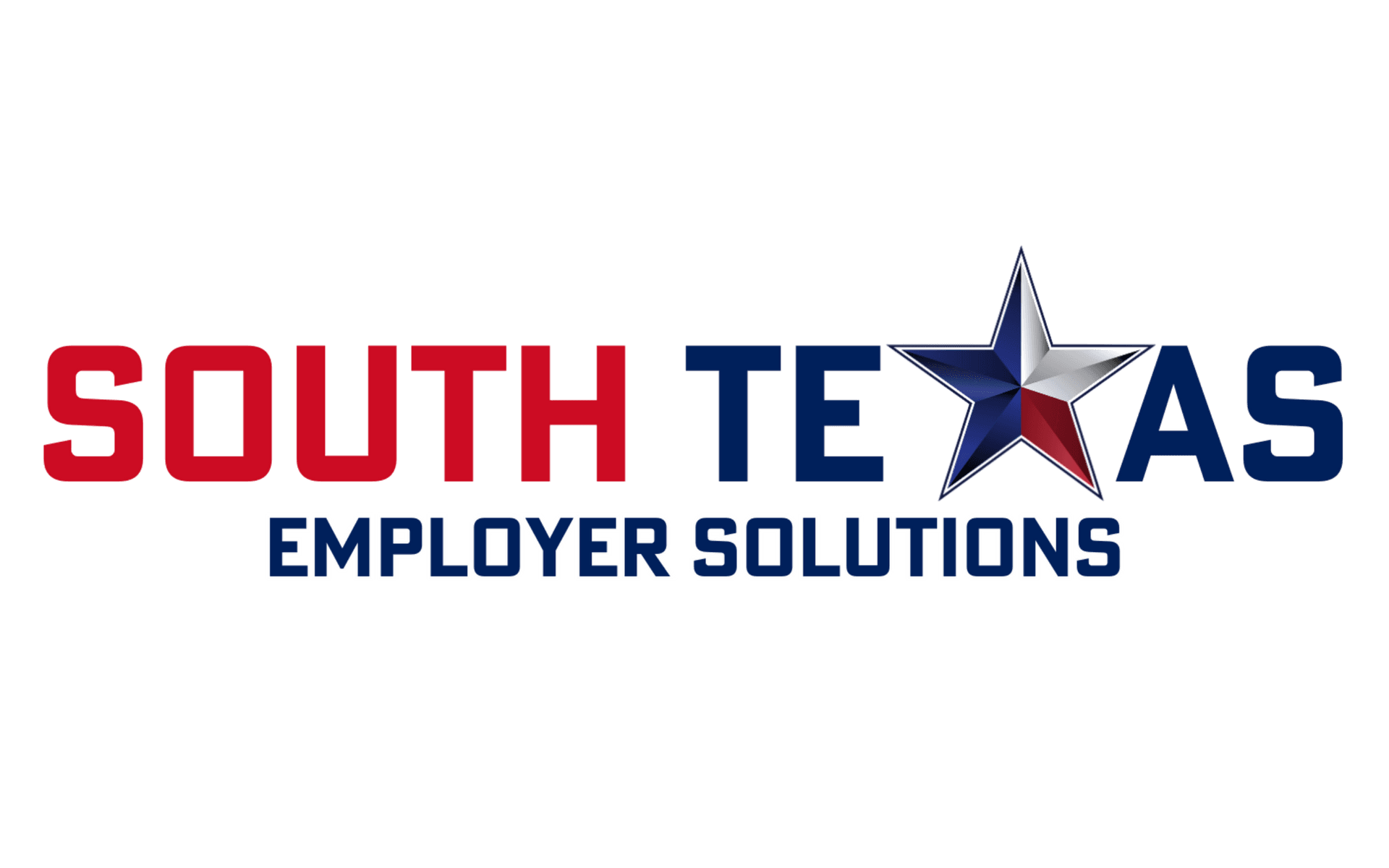How to Handle Rising Group Health Insurance Rates
EG
Understanding the Issue
As businesses strive to offer comprehensive employee benefits, rising group health insurance rates pose a significant challenge. Each year, employers face the daunting task of balancing the need to provide quality health coverage with the financial realities of increasing costs. Understanding why rates are rising is the first step in effectively managing this issue.
Several factors contribute to the increase in health insurance premiums. These include rising healthcare costs, increased utilization of health services, and the impact of new healthcare regulations. Additionally, an aging workforce and chronic health conditions among employees can further drive up costs.

Strategies for Managing Rising Costs
Consider Different Plan Options
One effective approach to handle rising insurance rates is to explore different plan options. Employers can consider offering high-deductible health plans (HDHPs) paired with Health Savings Accounts (HSAs). These plans often have lower premiums and encourage employees to make cost-conscious healthcare decisions.
Focus on Employee Wellness
Investing in employee wellness programs can also help mitigate rising insurance costs. Encouraging a healthy lifestyle among employees can lead to reduced healthcare expenses in the long term. Implementing wellness initiatives such as fitness challenges, smoking cessation programs, and regular health screenings can make a significant difference.

Collaborate with Insurance Providers
Negotiate with Providers
Engaging in open communication with insurance providers is crucial. Businesses should not hesitate to negotiate rates and explore discounts for preventive care or bundled services. Insurance providers may offer incentives or discounts for companies that demonstrate a commitment to employee health and wellness.
Educate Employees on Cost Management
Educating employees about their health insurance options and how to manage their healthcare expenses effectively can lead to more informed choices. Providing resources on the benefits of in-network services, generic medications, and urgent care clinics over emergency rooms can help employees make cost-effective decisions.

Leveraging Technology for Better Management
Utilizing technology can streamline the management of group health insurance benefits. Consider adopting benefits administration software that simplifies enrollment, tracks utilization, and provides analytics on healthcare spending trends. This data can be invaluable in making informed decisions about future plan offerings.
Additionally, telemedicine services have gained popularity as a cost-saving measure. Encouraging employees to use virtual healthcare services for non-emergency consultations can reduce the need for costly in-person visits.

Review and Adjust Annually
Finally, it's important for businesses to regularly review their group health insurance plans and make adjustments as needed. Conducting an annual review allows employers to assess the effectiveness of their strategies, evaluate employee satisfaction, and make necessary changes to stay competitive in attracting and retaining talent.
By being proactive and adaptable in managing group health insurance rates, businesses can continue to offer valuable benefits without compromising financial stability.
